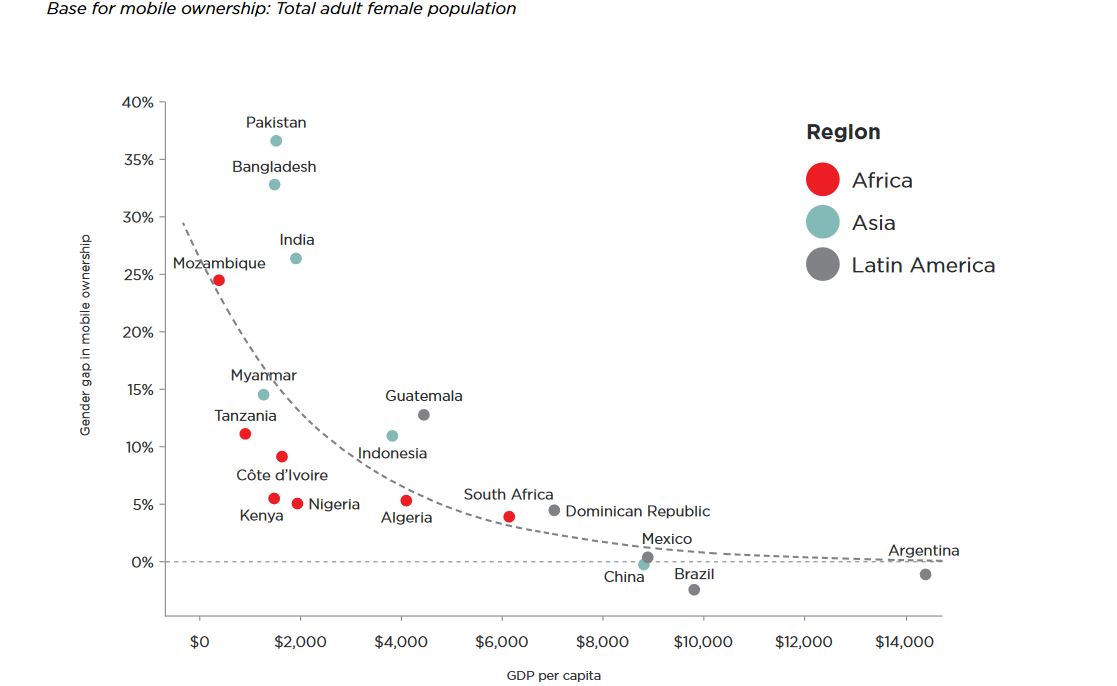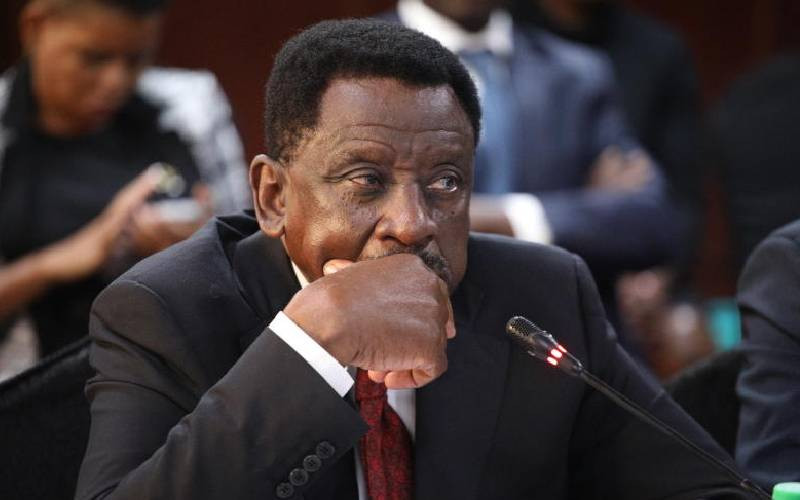NAIROBI, KENYA: Kenya has been ranked highly among countries across the world which have made progress in bridging the gender gap in mobile ownership
Overally, GSMA 2019 mobile gender gap report indicates that 80 per cent of women in low and middle-income countries are now mobile owners.
The report shows that there is a six per cent gender gap in Kenya when it comes to mobile and mobile internet penetration with men at 90 per cent and women at 82 per cent.
The report also shows that the gender gap in mobile spending in Kenya is 46 per cent.
The awareness of mobile internet among men and women in Kenya stands at: women 62 per cent and men 80 per cent.
Other areas and stats the report covers for Kenya data are barriers of owning a mobile phone which covers affordability, literacy and skills and relevance and accessibility (access to agent support, family does not approve, network coverage and battery charging).

Also covered for Kenya include the number of mobile cases utilized at least weekly, top barriers to owning a mobile phone, top barriers to mobile internet, important barriers to owning a mobile phone, and important barriers to mobile internet use.
“We are seeing significantly increased mobile access for women, however in an increasingly connected world, women are still being left behind,” said Mats Granryd, Director General, GSMA. “While mobile connectivity is spreading quickly, it is not spreading equally. Unequal access to mobile technology threatens to exacerbate the inequalities women already experience.”
Taking Action to Address the Mobile Gender Gap
Mobile operators are taking action to address the mobile gender gap and leading an effort to drive digital and financial inclusion for women.
As part of the GSMA Connected Women Programme’s Commitment Initiative, nearly 37 mobile operators from 27 countries across Africa, Asia and Latin America have committed to reducing the gender gap in their mobile money or mobile internet customer base by 2020. These operators have provided over 16 million additional women with access to digital and financial services since 2016.
“Ensuring digital and financial inclusion for women is critically important, as we know that when women thrive, societies, businesses and economies thrive,” added Granryd. “Reaching the 432 million women in these countries who are still unconnected will require concerted effort and coordination from the mobile industry, as well as policy makers and the international community.”
Women highlighted affordability, literacy and digital skills, a perceived lack of relevance, and safety and security concerns as the top barriers needing to be addressed in order to further decrease the mobile gender gap.
Opportunity for Significant Economic and Commercial Growth
Stay informed. Subscribe to our newsletter
The GSMA found that closing the gender gaps in mobile ownership and usage represents a substantial commercial opportunity for the mobile industry.
Over the next five years, low- and middle-income countries could gain an estimated additional $140 billion in mobile industry revenue if operators could close these gender gaps by 2023.
The GSMA also found that closing the mobile gender gap could be an important driver of economic growth. These markets could also add an additional $700 billion in GDP growth by 2023.
 The Standard Group Plc is a
multi-media organization with investments in media platforms spanning newspaper
print operations, television, radio broadcasting, digital and online services. The
Standard Group is recognized as a leading multi-media house in Kenya with a key
influence in matters of national and international interest.
The Standard Group Plc is a
multi-media organization with investments in media platforms spanning newspaper
print operations, television, radio broadcasting, digital and online services. The
Standard Group is recognized as a leading multi-media house in Kenya with a key
influence in matters of national and international interest.
 The Standard Group Plc is a
multi-media organization with investments in media platforms spanning newspaper
print operations, television, radio broadcasting, digital and online services. The
Standard Group is recognized as a leading multi-media house in Kenya with a key
influence in matters of national and international interest.
The Standard Group Plc is a
multi-media organization with investments in media platforms spanning newspaper
print operations, television, radio broadcasting, digital and online services. The
Standard Group is recognized as a leading multi-media house in Kenya with a key
influence in matters of national and international interest.






